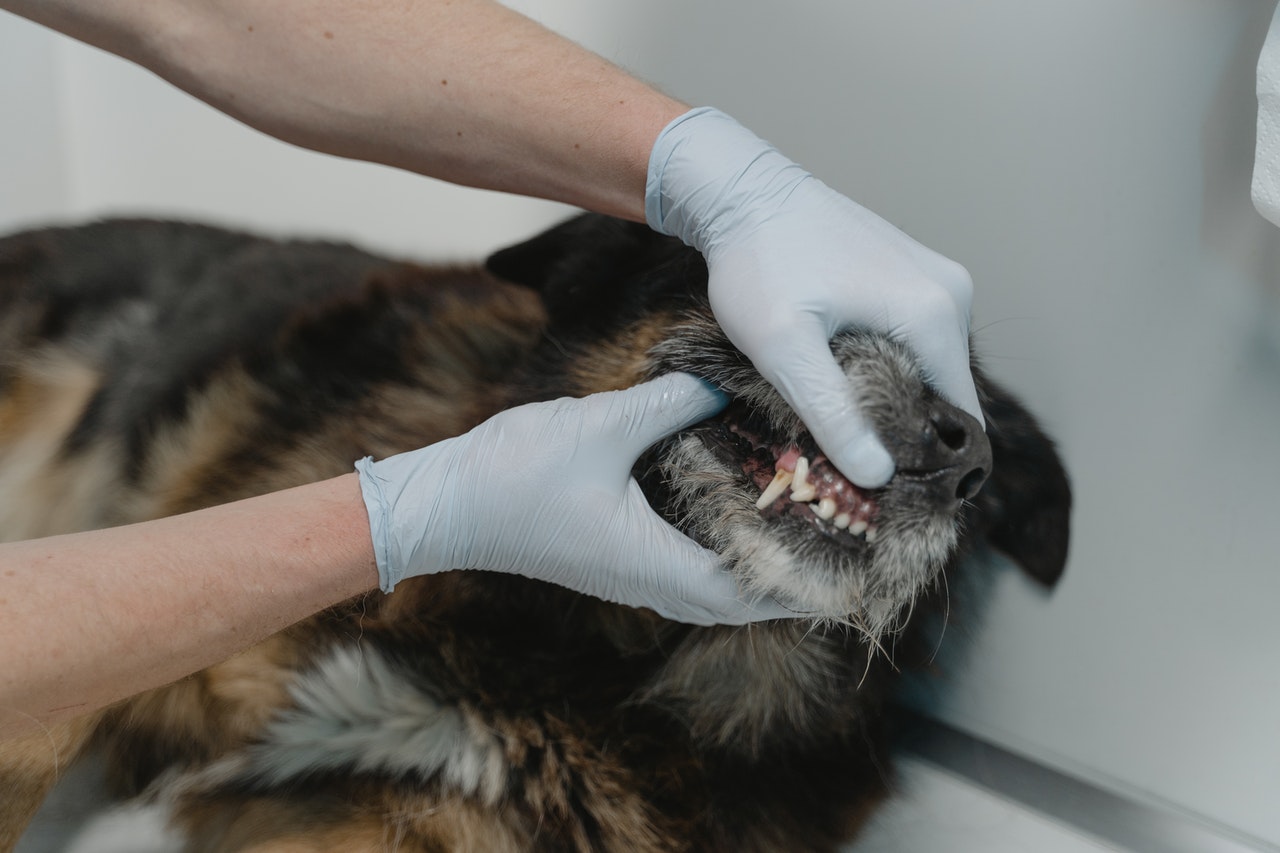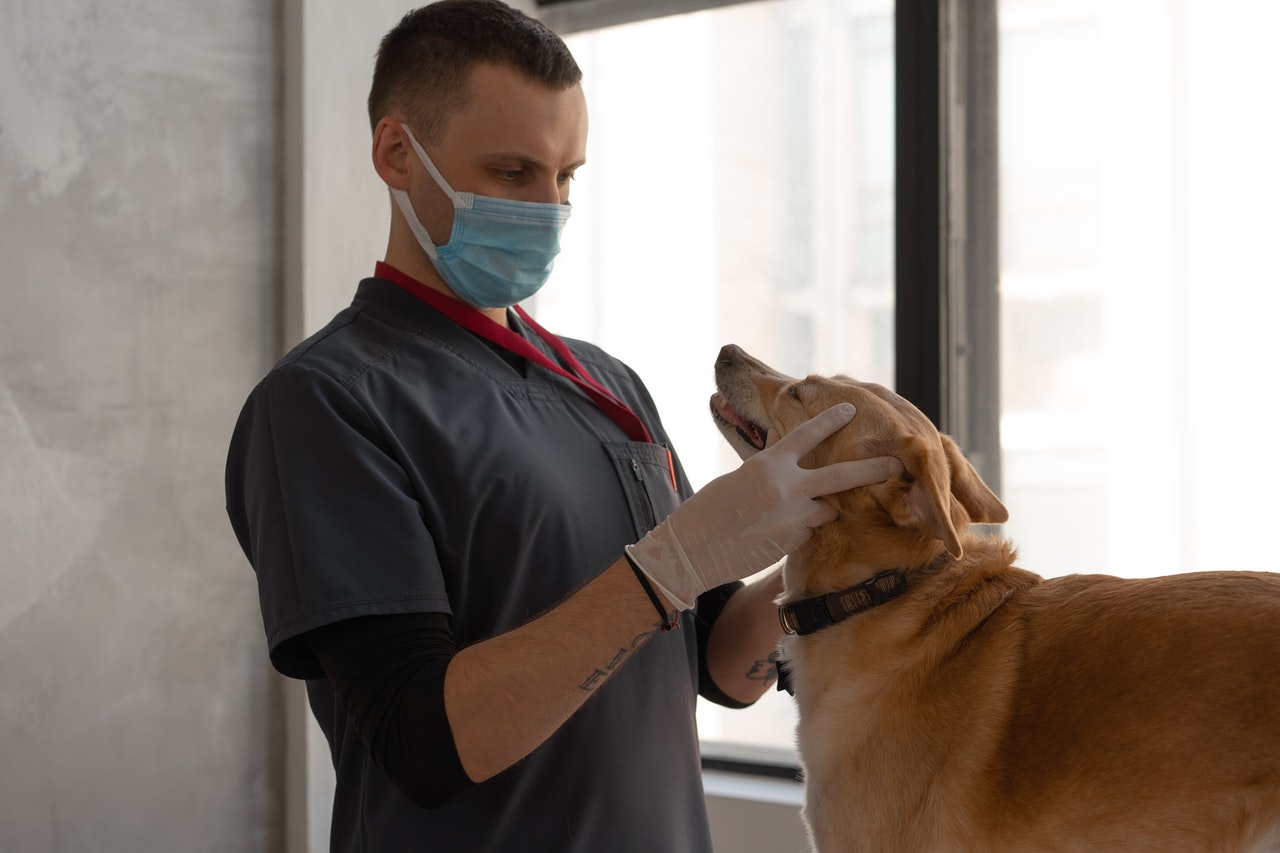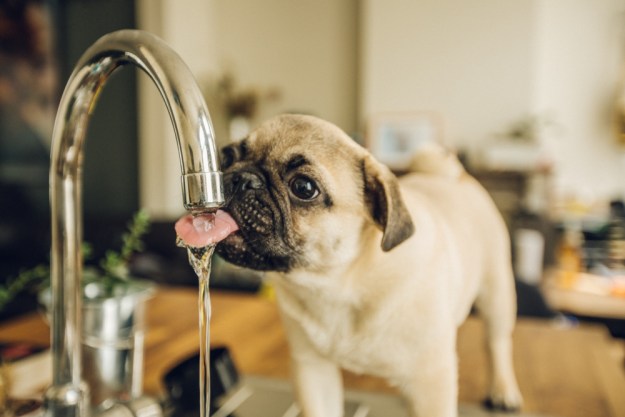From our mutual love for cuddles to the similarities in our microbiota, dogs and humans are more alike than many people realize. Our shared traits mean there’s a decent amount of overlap between potential health conditions. Just as humans can develop anemia, so can our four-legged friends. We’ve go over how to treat anemia in dogs, things to do for dogs with anemia, and what you can do to help prevent a recurrence.
What is anemia?
More often than not, anemia is an underlying symptom of another disease or health condition. According to the VCA Hospitals, anemia is “a medical term referring to a reduced number of circulating red blood cells, hemoglobin, or both.” Hemoglobin and red blood cells are responsible for carrying oxygen throughout the body. Through conversion, the energy produced by these cells creates carbon dioxide, which is exhaled through the lungs. Dogs with anemia produce too few blood cells, which means their tissues receive less oxygen. Dogs suffering from anemia are often perpetually weak and exhausted. There are several common types of anemia in dogs, such as:
- Aplastic anemia, also called non-regenerative anemia: Caused by an inadequate production of red blood cells.
- Blood-loss anemia: Caused by severe blood loss due to accident, injury, internal bleeding, or surgery.
- Hemolytic anemia, also called immune-mediated hemolytic anemia or autoimmune hemolytic anemia: Caused by the breakdown of red blood cells in the body.
- Methemoglobinemia: Caused by an increase in methemoglobin in the blood.
Some dog breeds, like cocker spaniels, collies, Doberman pinschers, English springer spaniels, Irish setters, and poodles are genetically predisposed to developing anemia, but it can impact any breed under the right conditions.
What causes anemia in dogs?
In addition to accidents and injuries, numerous diseases and infections can cause anemia in dogs. Possible causes include:
- Chronic infections.
- Bone marrow disease.
- Cancer.
- Canine influenza.
- Certain medications.
- Cushing’s disease.
- Exposure to toxins.
- Hypothyroidism.
- Immune diseases.
- Inadequate nutrition.
- Kidney disease.
- Parasitic infections like fleas, ticks, and roundworms.
- Parvovirus.
A properly balanced, nutrient-rich diet is essential to your dog’s health. You should also vaccinate your pup and take precautions against parasites like fleas and ticks to help lower the risk of anemia. According to Dr. Antje Joslin, Dogtopia’s in-house veterinary expert, you should also take your dog to the vet in cases of insect exposure like bee stings. Regular checkups with your vet can help mitigate any risk factors, and if your dog does develop anemia, you’ll be more likely to catch it in the early stages.

What are the symptoms of anemia in dogs?
Because anemia is usually a symptom of an underlying medical, early detection and treatment are paramount to a successful outcome. According to LakeCross Veterinary, you should keep an eye out for the following symptoms:
- Black, tarry stools.
- Facial swelling, particularly around the jaw.
- Increased pulse rate or respiration.
- Lethargy.
- Loss of appetite.
- Pale ears, gums, or eyes.
- Vomiting.
- Weight loss.
If you notice any of the aforementioned symptoms in your dog, an immediate trip to the vet is in order.
How to treat anemia in dogs
Every dog has his own complex medical history. A veterinarian will know if your pup is taking certain medications or has a condition that makes him prone to developing anemia, but the first step in treatment is running a battery of diagnostic tests. The vet will collect a complete blood count (also known as a CBC) and run tests to determine how anemic your dog is. Additional testing may include one or more of the following: a blood chemistry panel, urinalysis, tick panel, radiographs, an ultrasound, and potentially bone marrow aspiration. Your dog’s prognosis depends on the cause of his anemia, the treatment protocol for the underlying condition, and your pup’s general level of health.
If your dog’s anemia is related to internal bleeding due to an accident or injury, your vet may recommend IV fluids, a blood transfusion, or surgery. Depending on the root cause, other courses of treatment may involve chemotherapy, changing your pup’s current medications, prescribing a gastrointestinal medication, corticosteroids, a course of antibiotics, immunosuppressant drugs, potassium phosphate supplements, a bone marrow transfusion, or anti-parasitic drugs and deworming.

How to prevent anemia in dogs
If your dog suffers from anemia, prompt treatment is necessary for a positive outcome. Once your dog has been successfully treated, there are a few things you can do to help prevent a recurrence. Falls Road Pet Care states that adding beef livers, canned sardines, green vegetables, and organic raw egg yolks can help increase your dog’s iron levels naturally. The addition of a vitamin C supplement — between 500 and 2,000 milligrams depending on his size — helps your pup absorb more iron. When dealing with a condition as complex as anemia, you should talk to your vet before adding supplements or switching your dog to a special diet. Anemia can be tricky, but the underlying cause is often treatable. Keeping potential toxins out of your dog’s reach, providing him with a nutritious diet, and staying on top of his health can make all the difference.
Editors' Recommendations
- Are ‘dog years’ really 7 human years? How to calculate your dog’s age
- How to tell if your older dog’s health decline means the end is near
- Xylitol is dangerous for dogs: 10 surprising products that contain it as a hidden ingredient
- Do puppies sleep a lot? These are the perfectly normal sleeping habits of a healthy pup
- Could it be a dog paw infection? Signs, symptoms, and treatments for these pesky, painful issues





